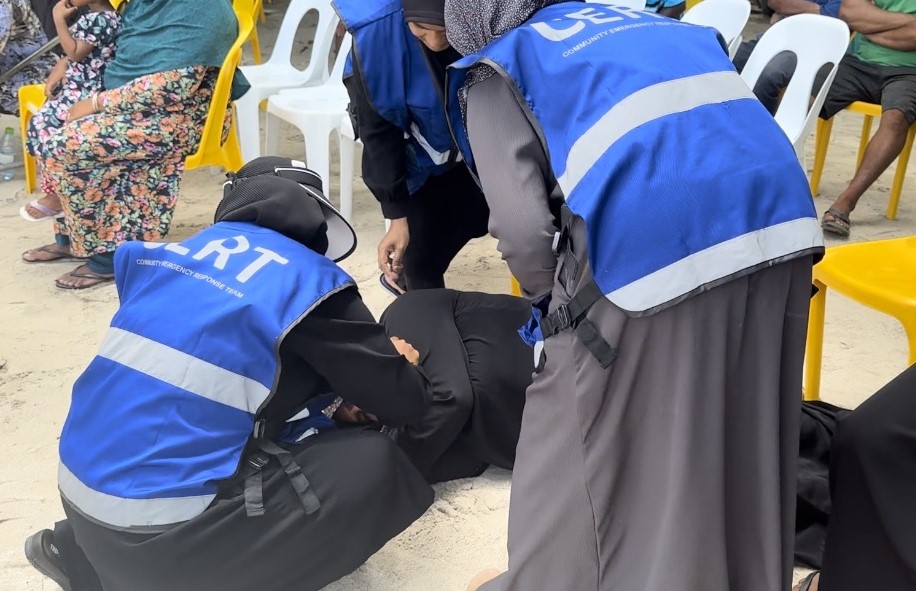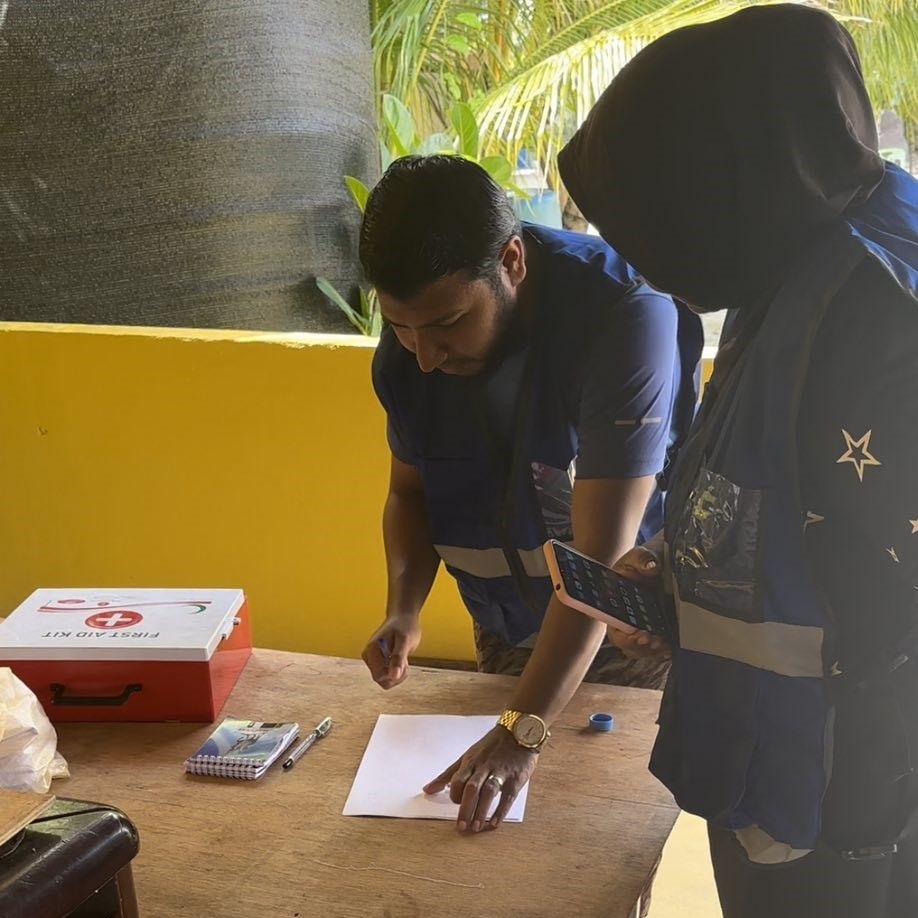Building Resilience in the Maldives: B. Kendhoo successfully executes an Indian Ocean-wide Tsunami Exercise Drill

Following the devastating impact of the 2004 Indian Ocean Tsunami, an Indian Ocean Tsunami Warning and Mitigation System (IOTWMS) was established by the United Nations Educational, Scientific and Cultural Organization’s (UNESCO) Intergovernmental Oceanographic Commission (IOC) with the primary aim of coordinating mitigation efforts between member states. The system was first tested in 2009 with the Indian Ocean-wide Tsunami Exercise Drill – a vital tool in building the region’s capacity and assessing the effectiveness of response systems and ensuring preparedness among key stakeholders within the disaster response arena. Historically, for the first time in the Maldives, on 25th October, the 7th IOWAVE drill was carried out in B. Kendhoo in collaboration with the Maldivian Red Crescent, National Disaster Management Authority and Maldives Meteorological Services.

Preceding the drill day, three awareness sessions that imparted essential knowledge on First Aid, Psychological First Aid, and the drill itself were held for the Kendhoo Community Emergency Response Team (CERT), the public and, school students and parents – reaching a total of 184 individuals. Subsequently, key stakeholders and community members attained the knowledge and skills to respond to disasters and emergencies, aligning with the Strengthening Preparedness and Resilience through Inclusive Community Governance (SPRING) Project’s goal of fostering resilience at the community level. This was evident throughout the drill as the Emergency Operations Committee (EOC) and CERT demonstrated exceptional effectiveness during the initial response and evacuation process. Furthermore, the drill also served as an evaluation tool for community preparedness by testing twelve Tsunami Ready indicators – broadly divided into assessment, preparedness, and response- where the island community portrayed commendable compliance.

Another notable aspect of the drill was the mobilization of vulnerable groups within the community, enhancing an “all of society” approach followed by the SPRING Project and MRC at large, where marginalized groups such as migrants, persons with disabilities and elderly people were incorporated into the drill implementation process. As such, the early warning team ensured the inclusion of migrant workers in the evacuation process by disseminating alerts in Bangla as Bangladeshi migrants make up a considerable portion of the island’s living population. Additionally, the search and rescue team referred to the Island Disaster Management Plan – completed in July 2023 – to assist persons with disabilities and elderly people within the island community.
B. Kendhoo’s successful execution of the IOWAVE Drill underscores the significance of rigorous preparedness, community engagement and ongoing evaluation in the face of potential disasters.